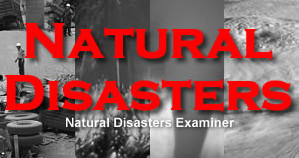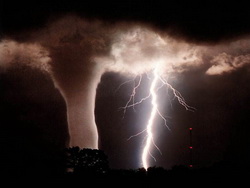In terms of lives lost, with approximately 10,000 people killed during 2009, the year fell far short of the average of 75,000. This was also significantly less than in 2008 when 220,000 were killed by natural disasters. That year saw two major catastrophes – Cyclone Nargis and an earthquake in China’s Sichuan province – case the vast majority of lives lost.
The insurer’s numbers match closely with a report released last month by the UN International Strategy for Disaster Reduction (UNISDR) which put the annual death toll at 8,919. The most significant events in 2009 were an earthquake in Indonesia in September which killed 1,117, flooding in India in July that killed 992 and a series of typhoons and tropical storms that struck the Philippines.
Economic losses were also below the decadal average of $115 billion per year. 2009’s reported losses fall at less than half of that and far below the $200 billion mark that was seen in 2008. Munich Re said, “Losses were far lower in 2009 than in 2008 due to the absence on the whole of major catastrophes and a very benign North Atlantic hurricane season.”
 For the rest of this story and to see how climate change could cause greater impact from natural disasters, please visit the Natural Disasters Examiner.
For the rest of this story and to see how climate change could cause greater impact from natural disasters, please visit the Natural Disasters Examiner.







.jpg)

